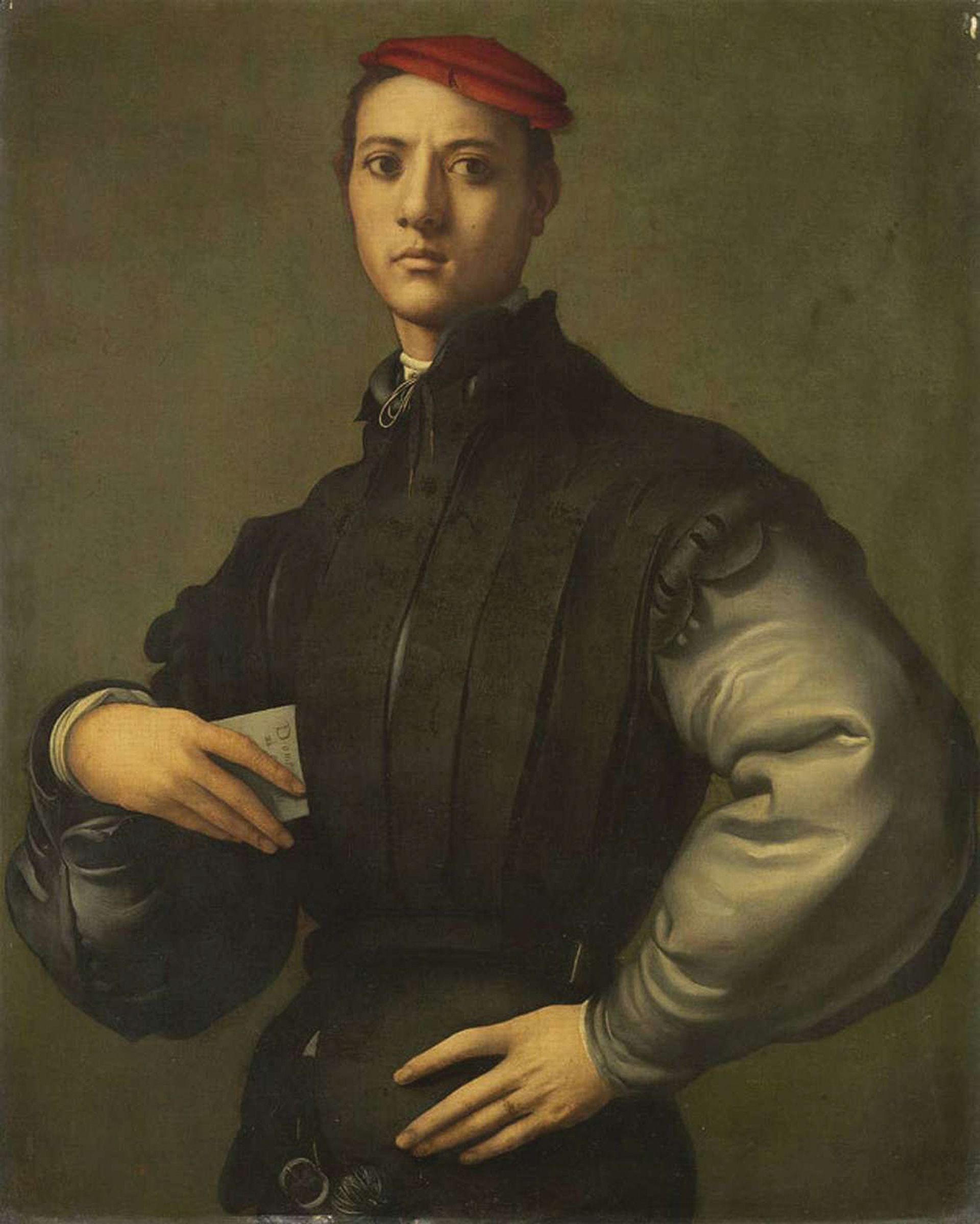The National Gallery in London wants to buy a portrait by Pontormo that its aristocratic owner sold to an oversees buyer for more than £30m last year. Unusually, the seller paid inheritance tax on Portrait of a Young Man in a Red Cap (1530) before its new owner applied for an export licence. The National Gallery therefore hopes that the Treasury will refund the tax paid to help keep the portrait in the UK.
This question is now being considered by Philip Hammond, who became Chancellor of the Exchequer in July. Whichever way the decision goes, it will have implications for future purchases of export-deferred works by public collections.
Normally when works are export-deferred, public collections can often make a private treaty purchase, buying them at a greatly reduced price because of tax concessions. But in this case, the tax has already been paid, raising concerns that this could make it harder for British institutions to raise the necessary funds.
The National Gallery is in discussions with the Department for Culture, Media and Sport and the Treasury to determine whether the tax paid could be refunded to the gallery. The tax was very high, and The Art Newspaper understands that if this was refunded, the gallery would need to raise less than £12m to buy the work. It might also be able to draw on its own Getty Endowment and secure grants from the Heritage Lottery Fund (or its associated National Heritage Memorial Fund) and the Art Fund.
The Art Fund is keen for the tax issue to be resolved. Stephen Deuchar, its director, argues that when tax has been paid on an export-deferred work such as the Pontormo, “this should be refunded to any UK museum that is able to raise a matching sum”. Deuchar says that this would be “completely consistent with the Treasury’s existing system of tax concessions to encourage the acquisition of nationally important works by public museums”.
Export licence deferred—again

Pontormo’s Portrait of a Young Man in a Red Cap (1530) depicts Carlo Neroni, a Florentine aristocrat. He was 18 when it was painted, and had just married a banker’s daughter (he wears a wedding ring on his left hand). For most of the 19th and 20th centuries, the painting was believed to be by Alessandro Allori, a later Mannerist artist.
The portrait was rediscovered by Francis Russell, an Old Master specialist at Christie’s, who published it in the Burlington Magazine in 2008. Although Russell has never identified its owner, the portrait has been in the family of the Earls of Caledon since 1825. In 2008, Nicholas Alexander, the seventh earl, who owns Caledon Castle in Northern Ireland, lent the rediscovered work to the National Gallery in London. In May 2015, the gallery returned the painting ahead of its sale.
The unidentified buyer is foreign, and Russell has suggested that it may well be a New York-based collector with close links to the city's Metropolitan Museum of Art. Russell says that the painting was bought in such a way “that it couldn’t be bought in a tax-efficient way by an institution” in the UK. An export licence was deferred by the Department for Culture, Media and Sport at a valuation of £30.7m. Just before the initial deferral period ended on 22 April, the National Gallery privately told the government of its serious intent to raise the money. A second deferral period was then instigated; this will run until 22 October.

